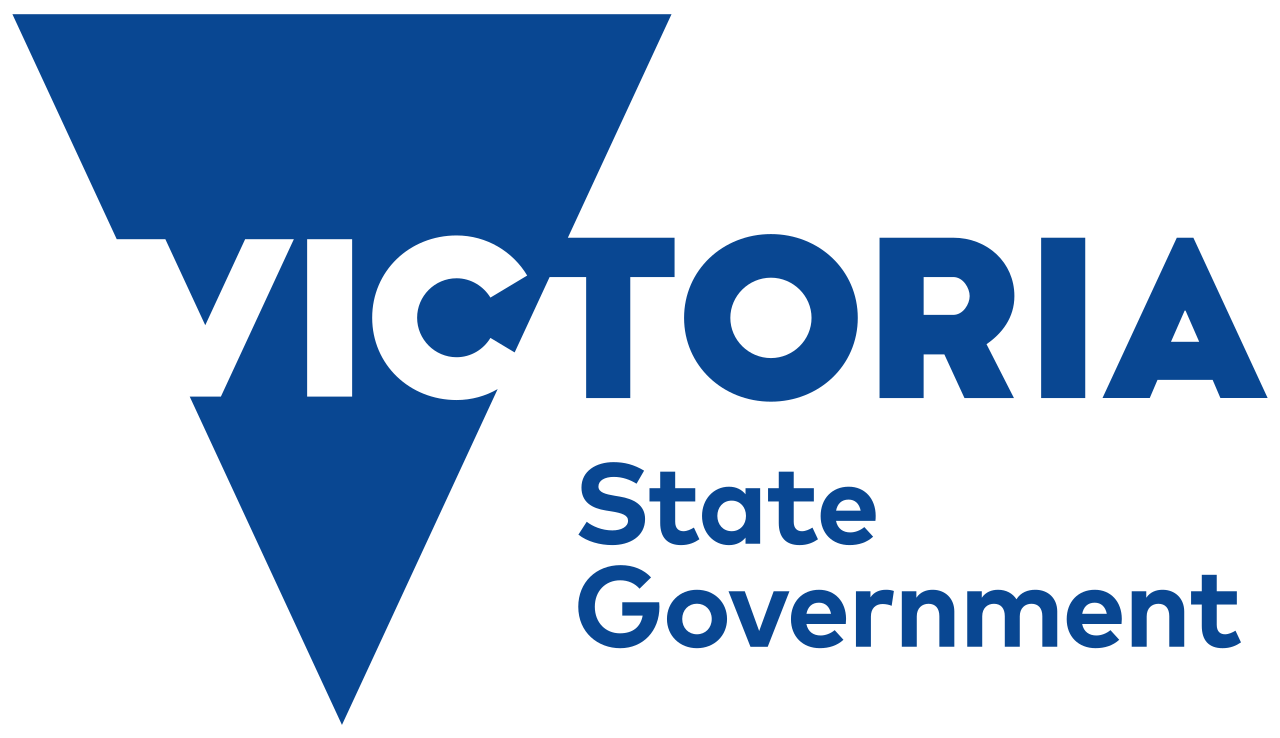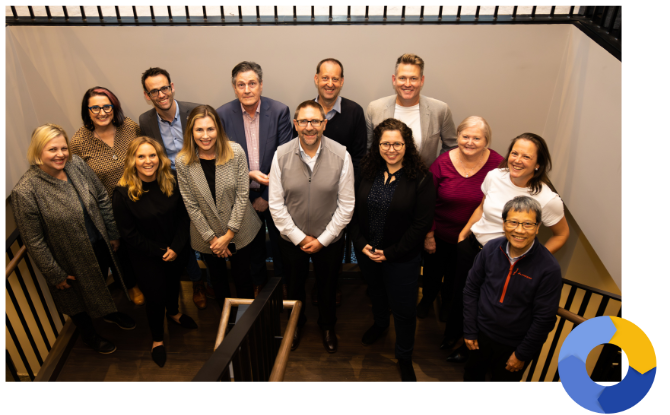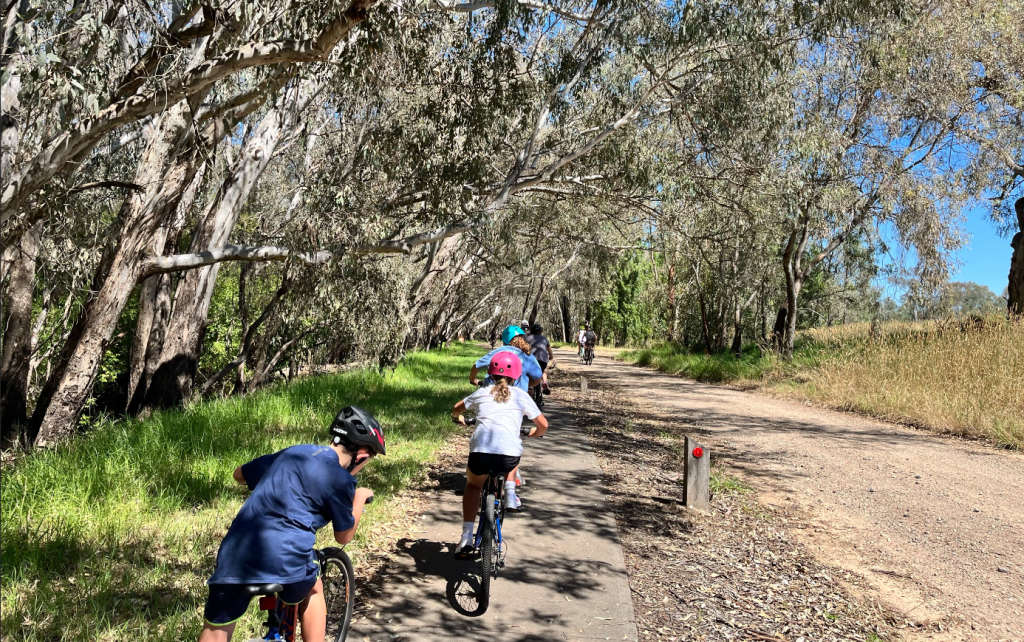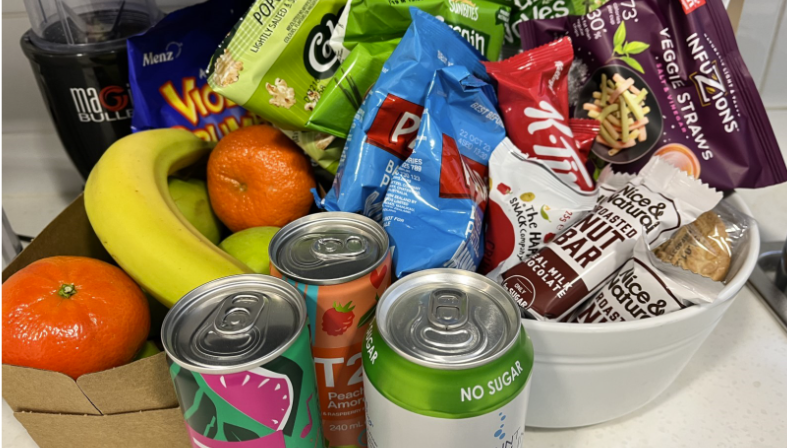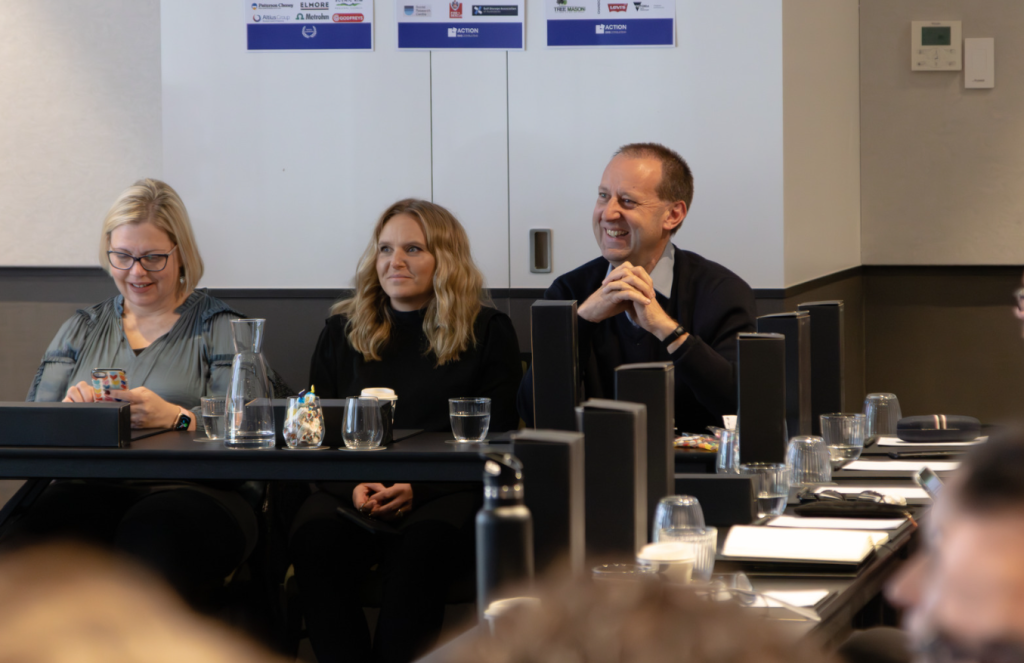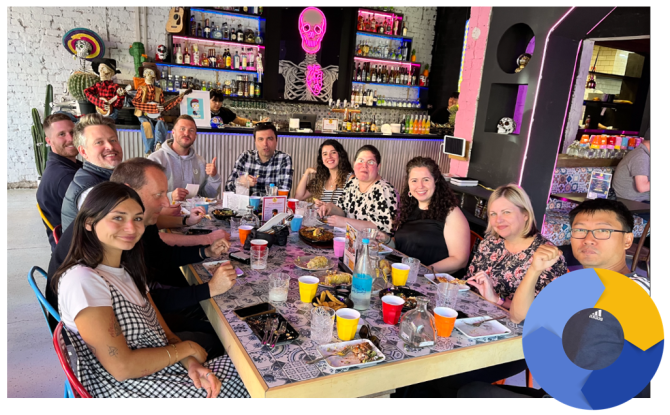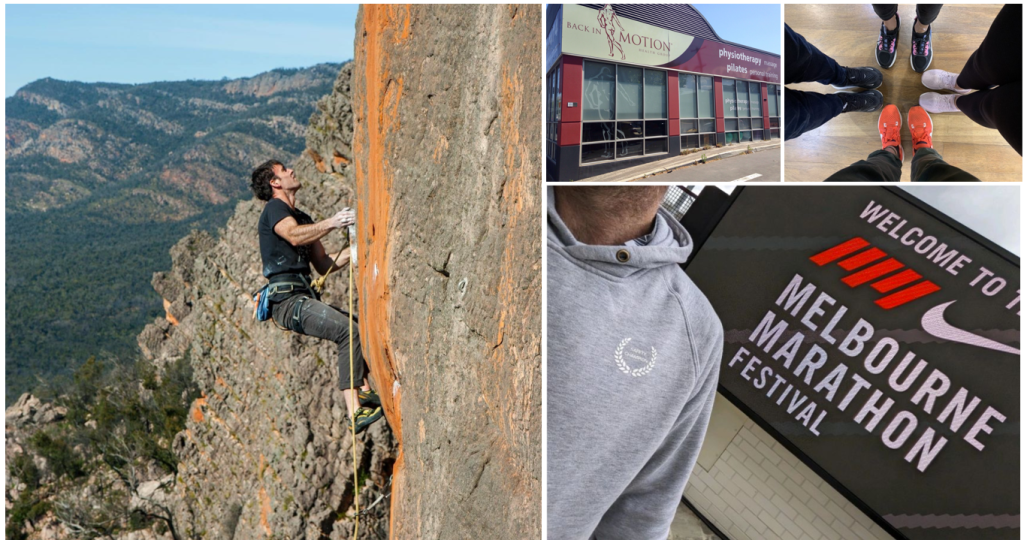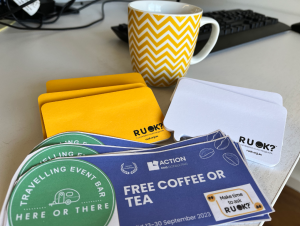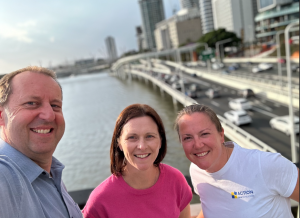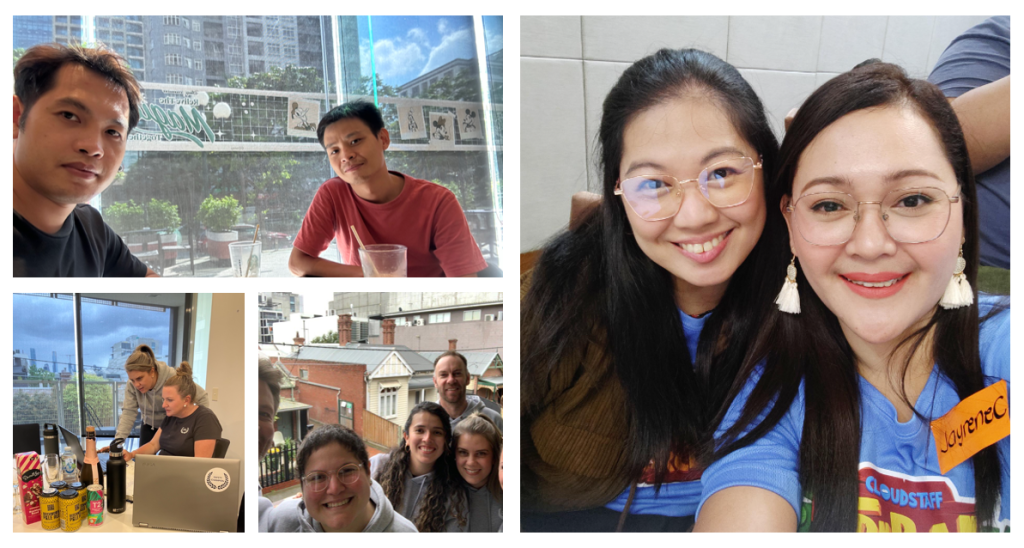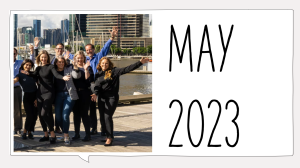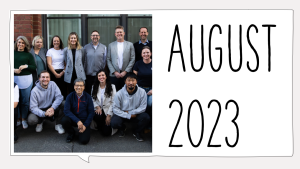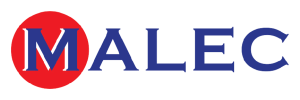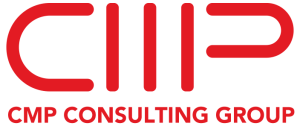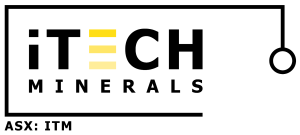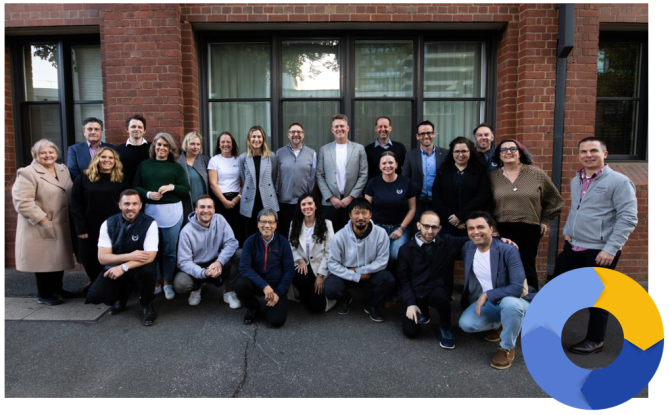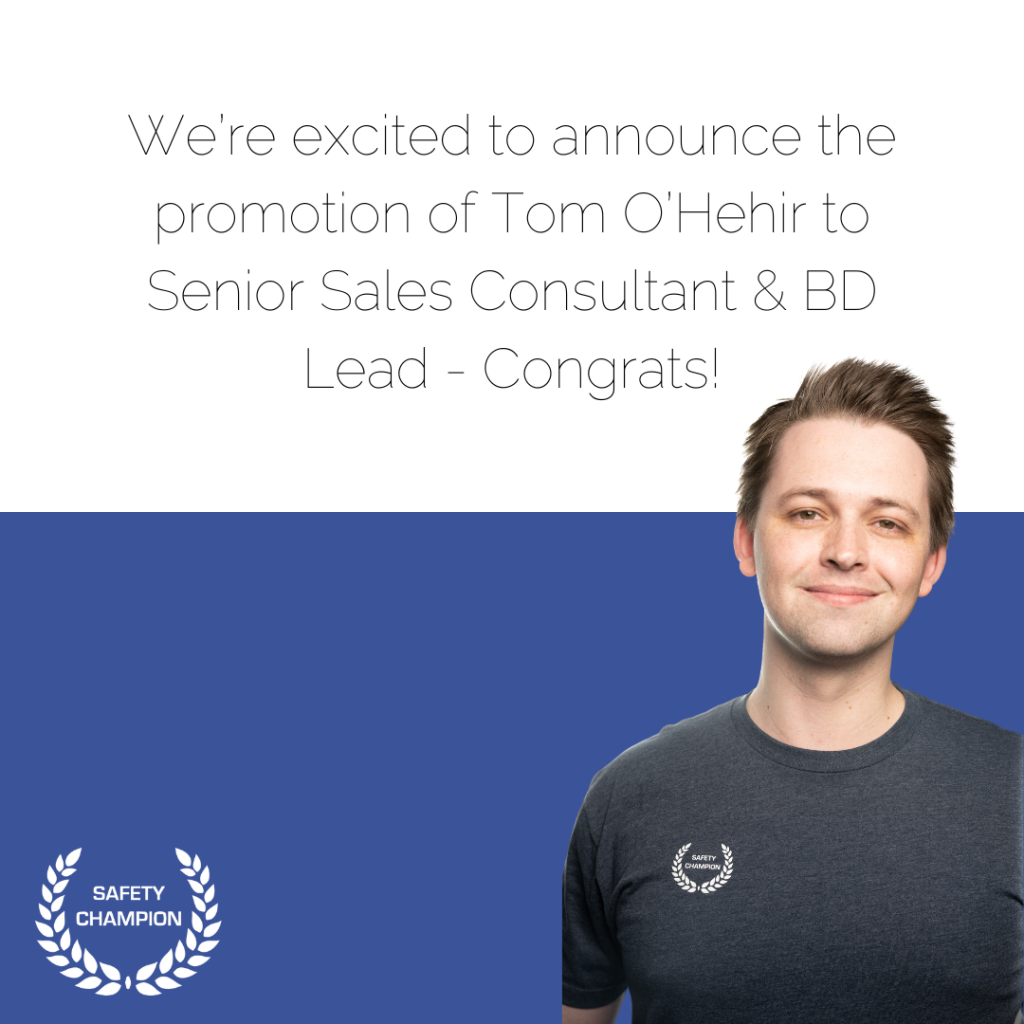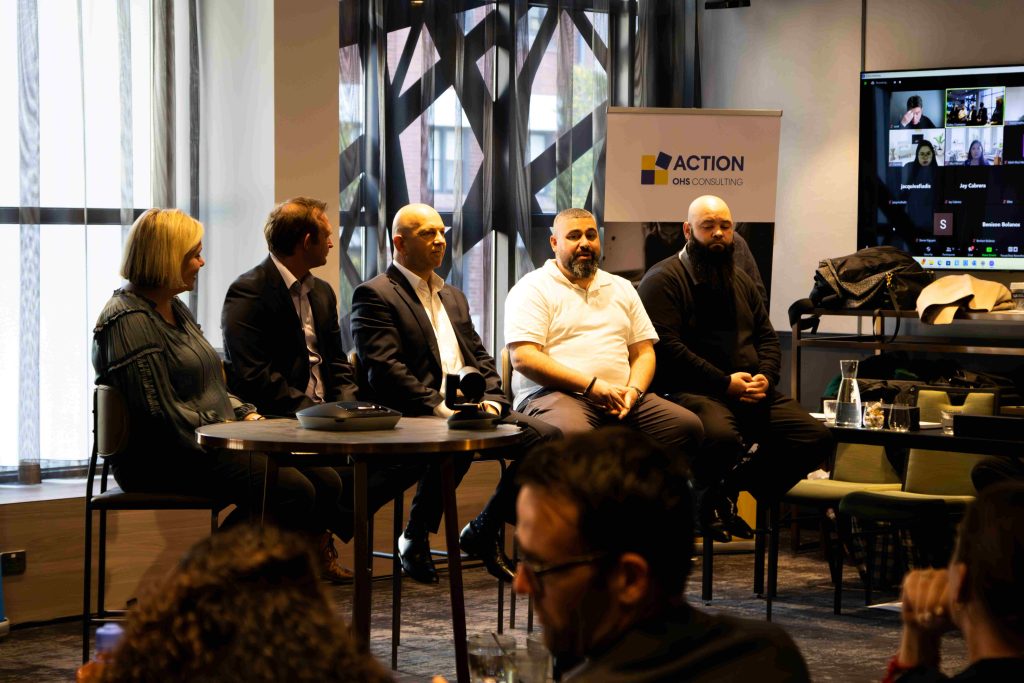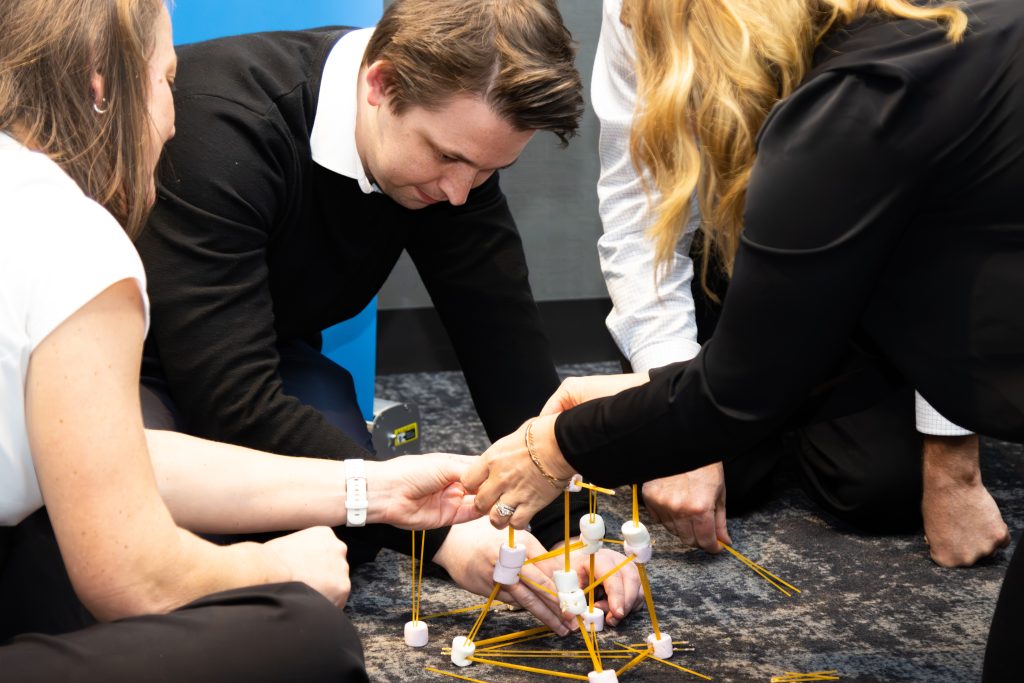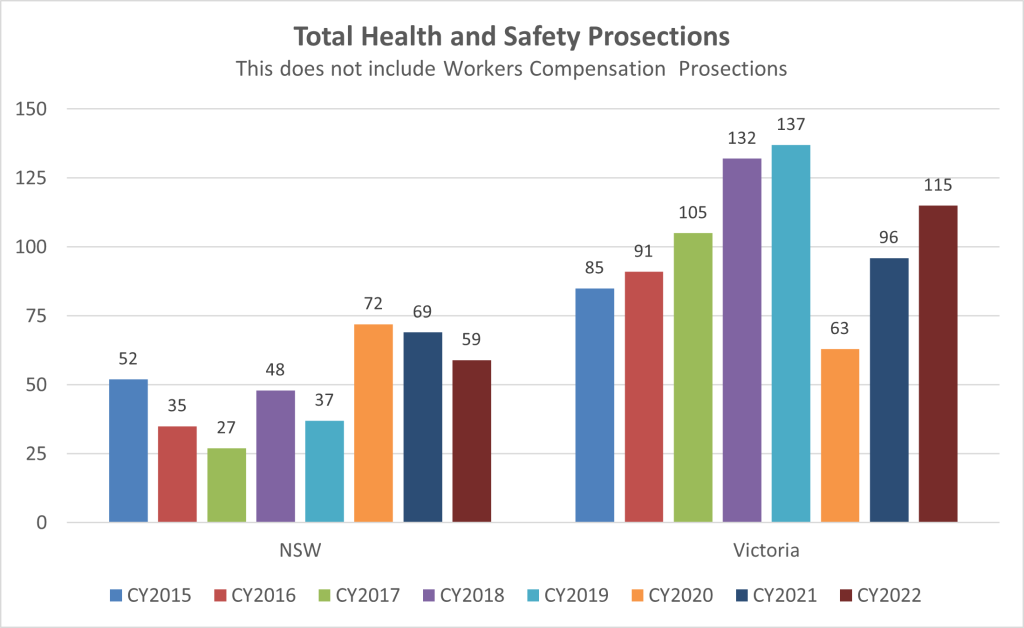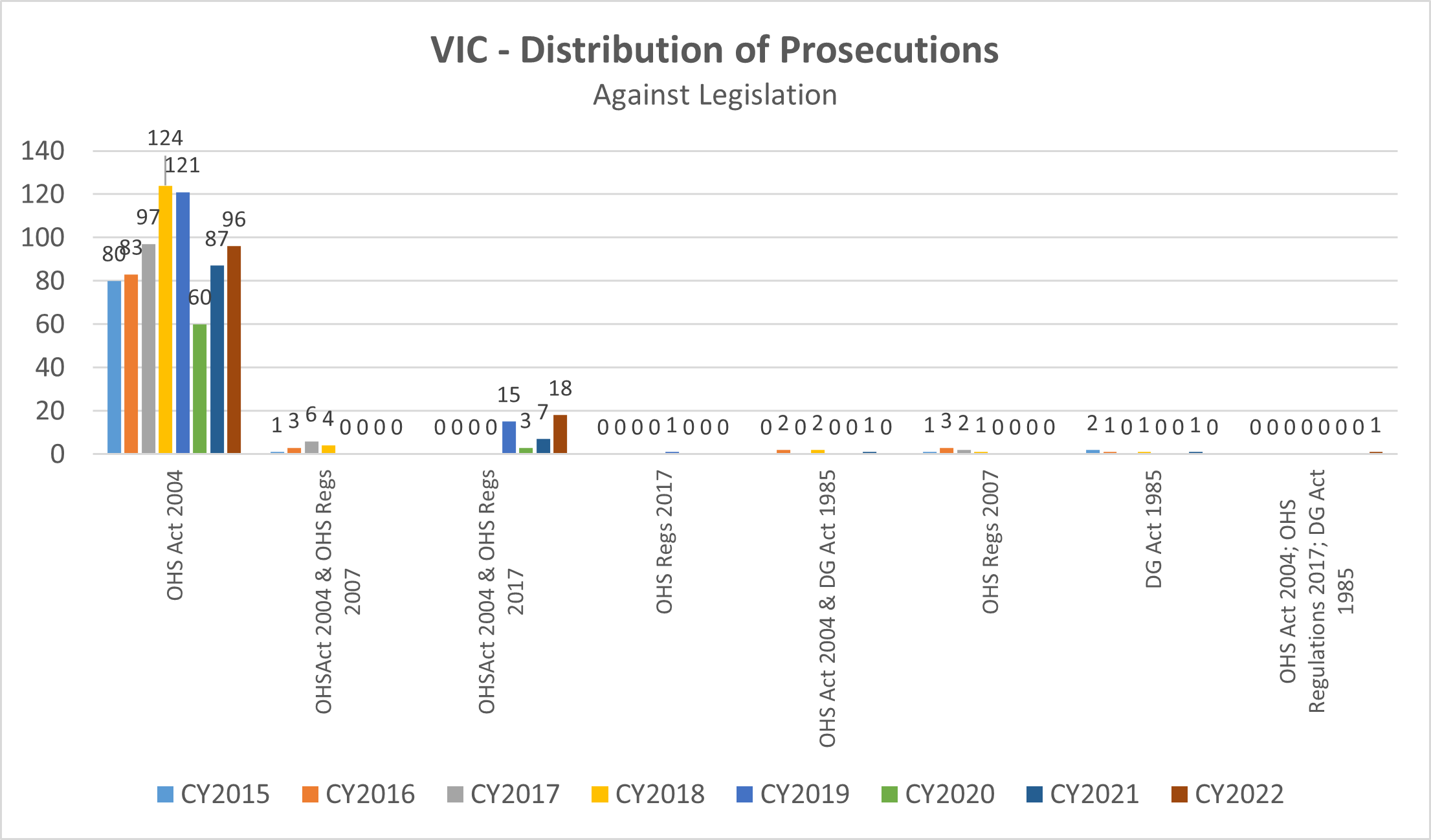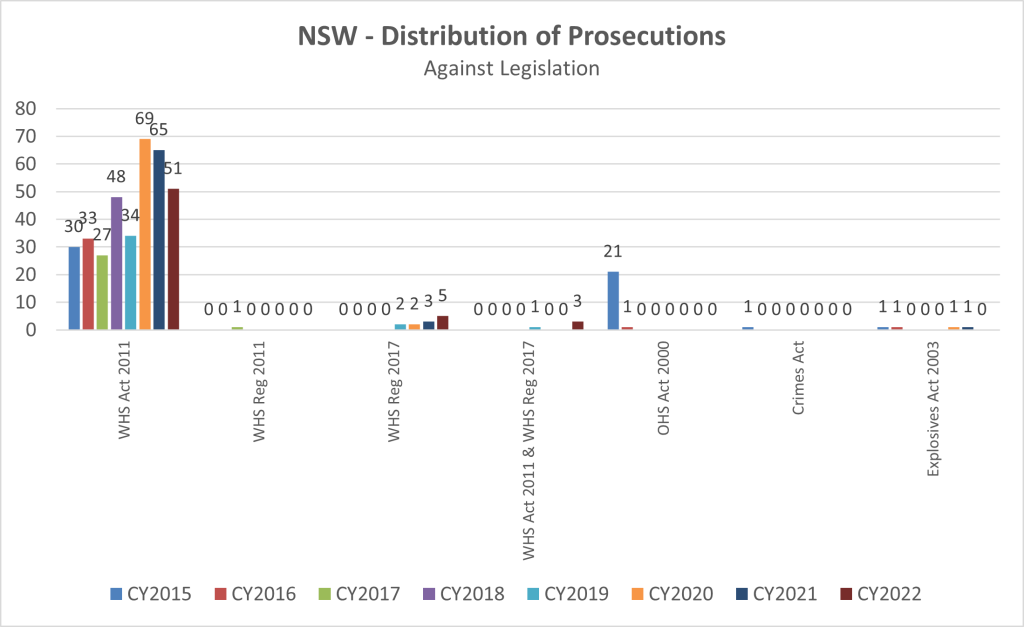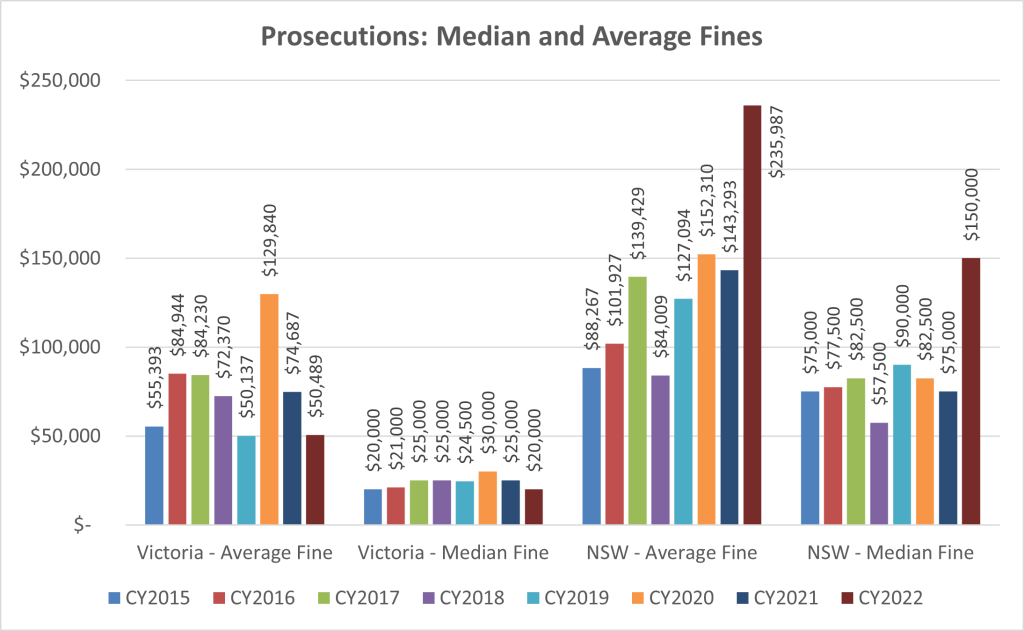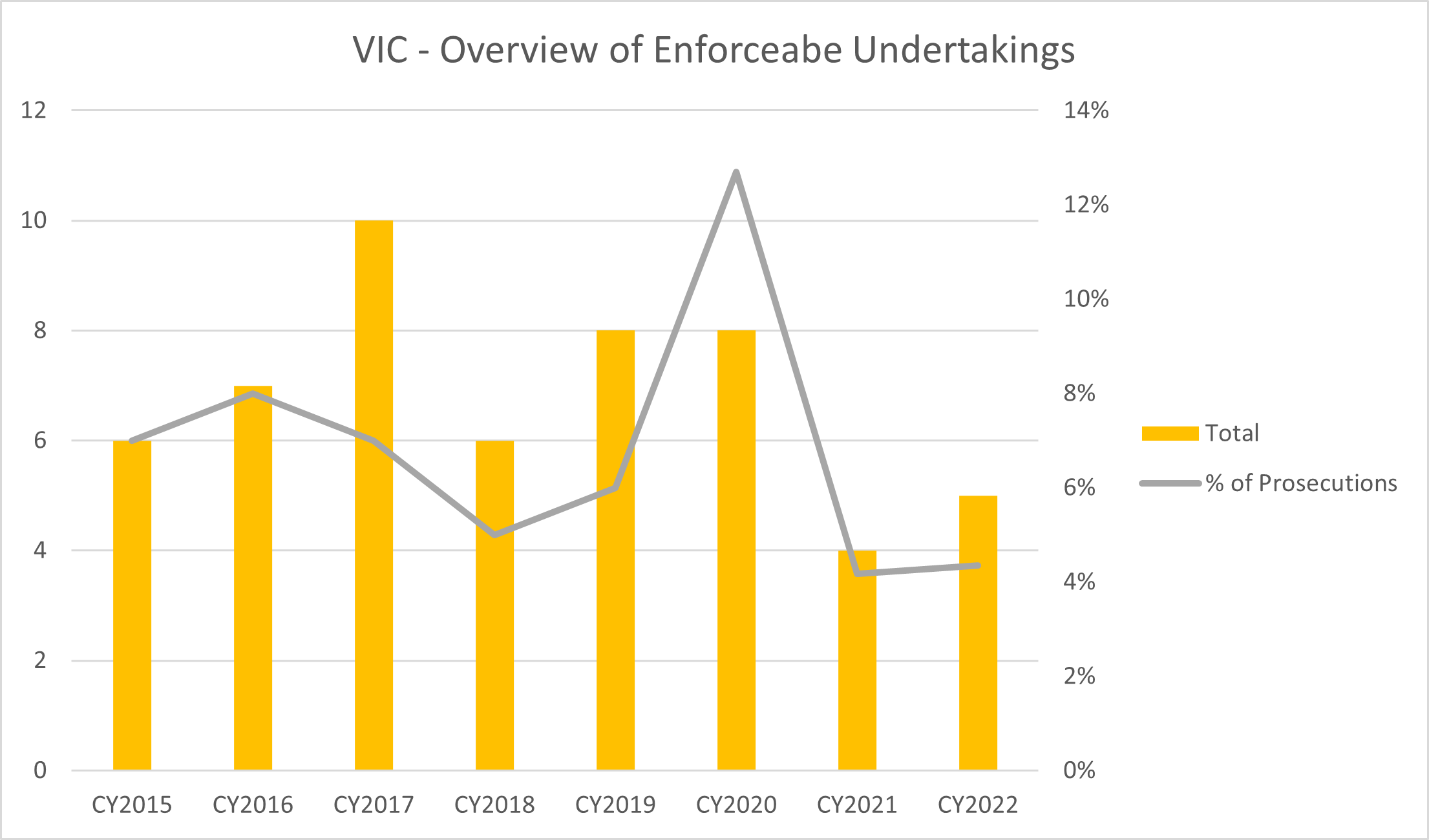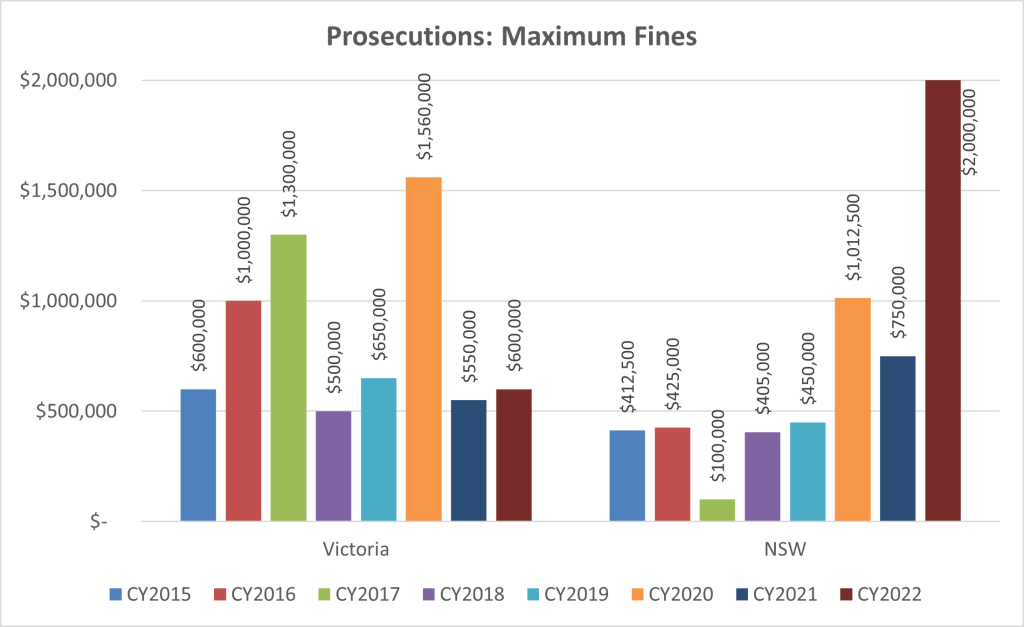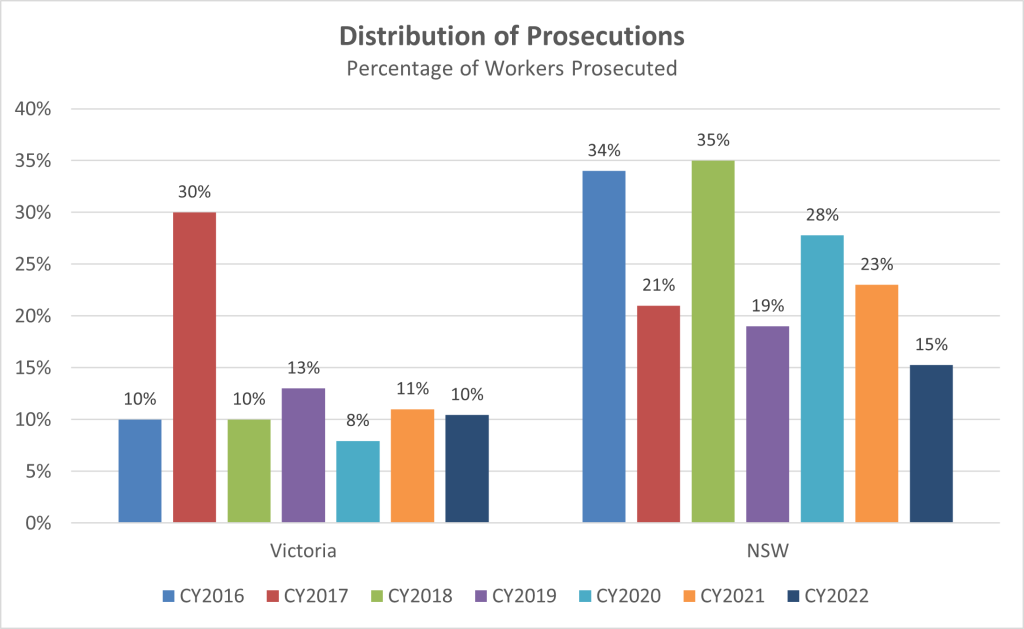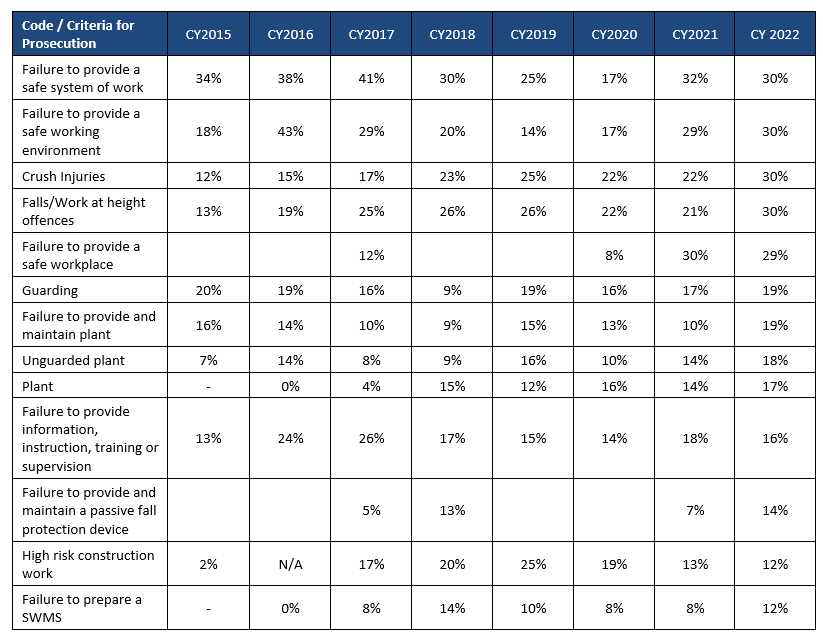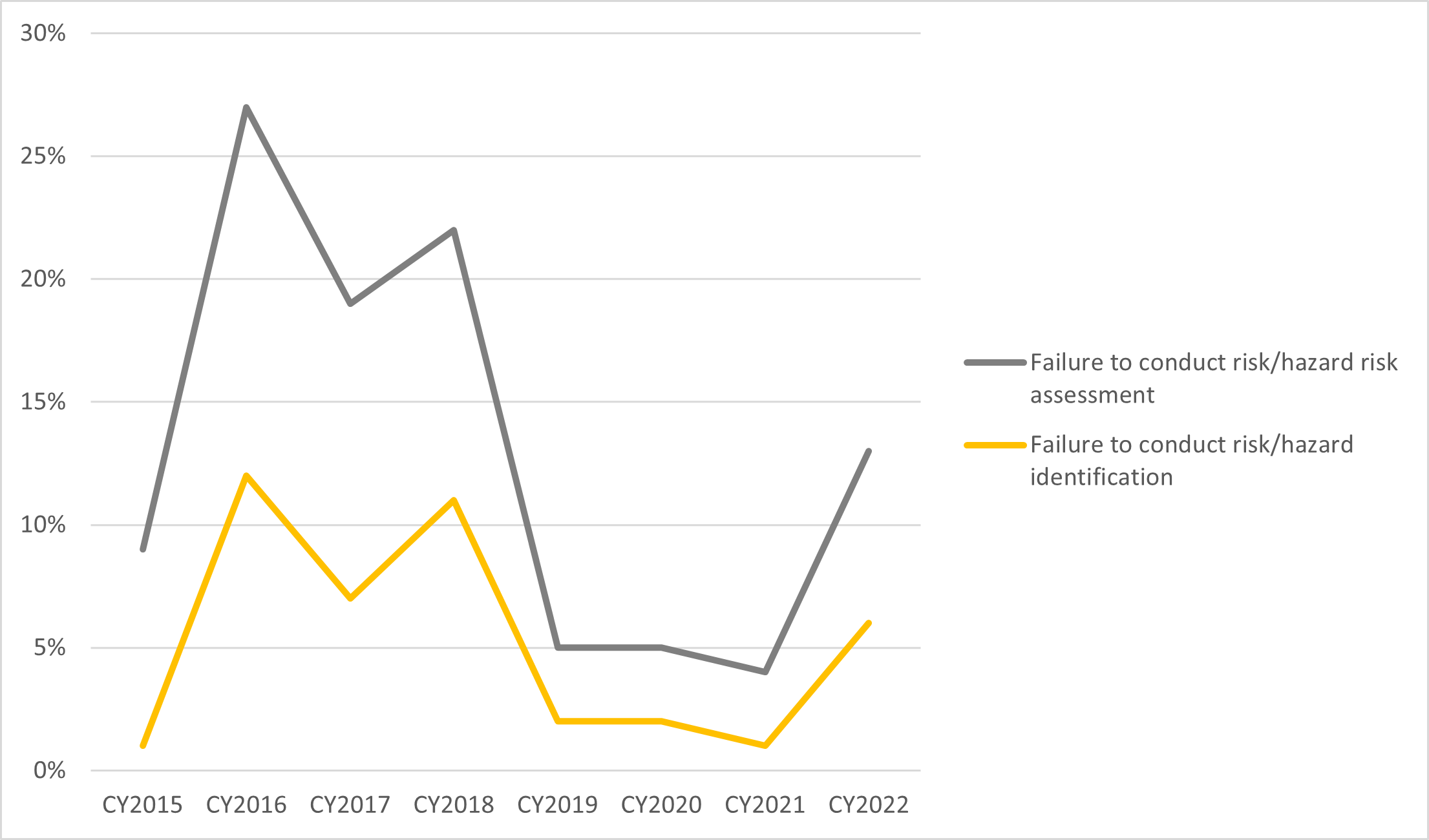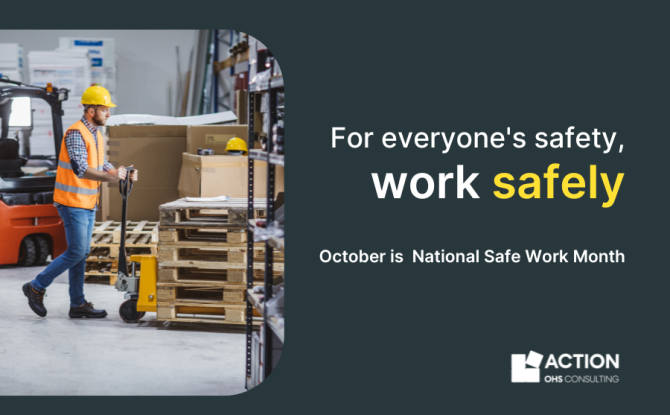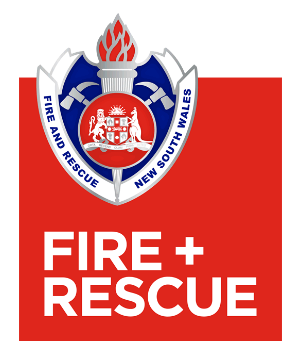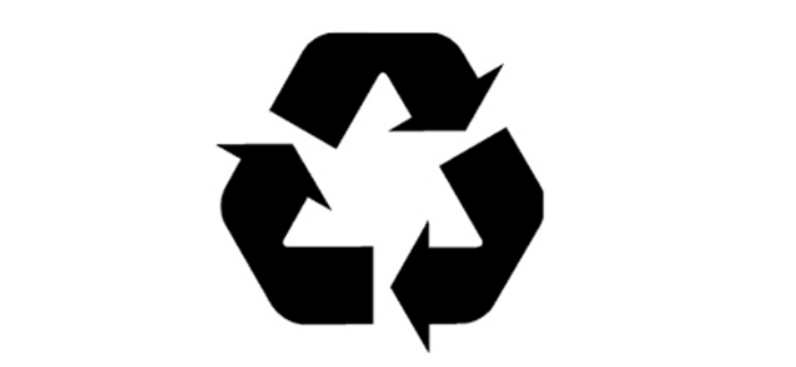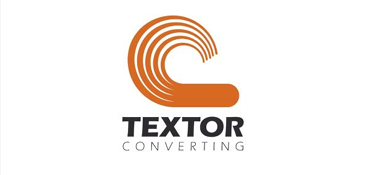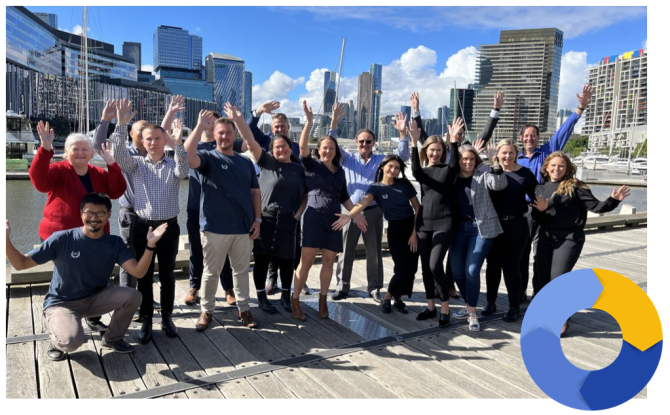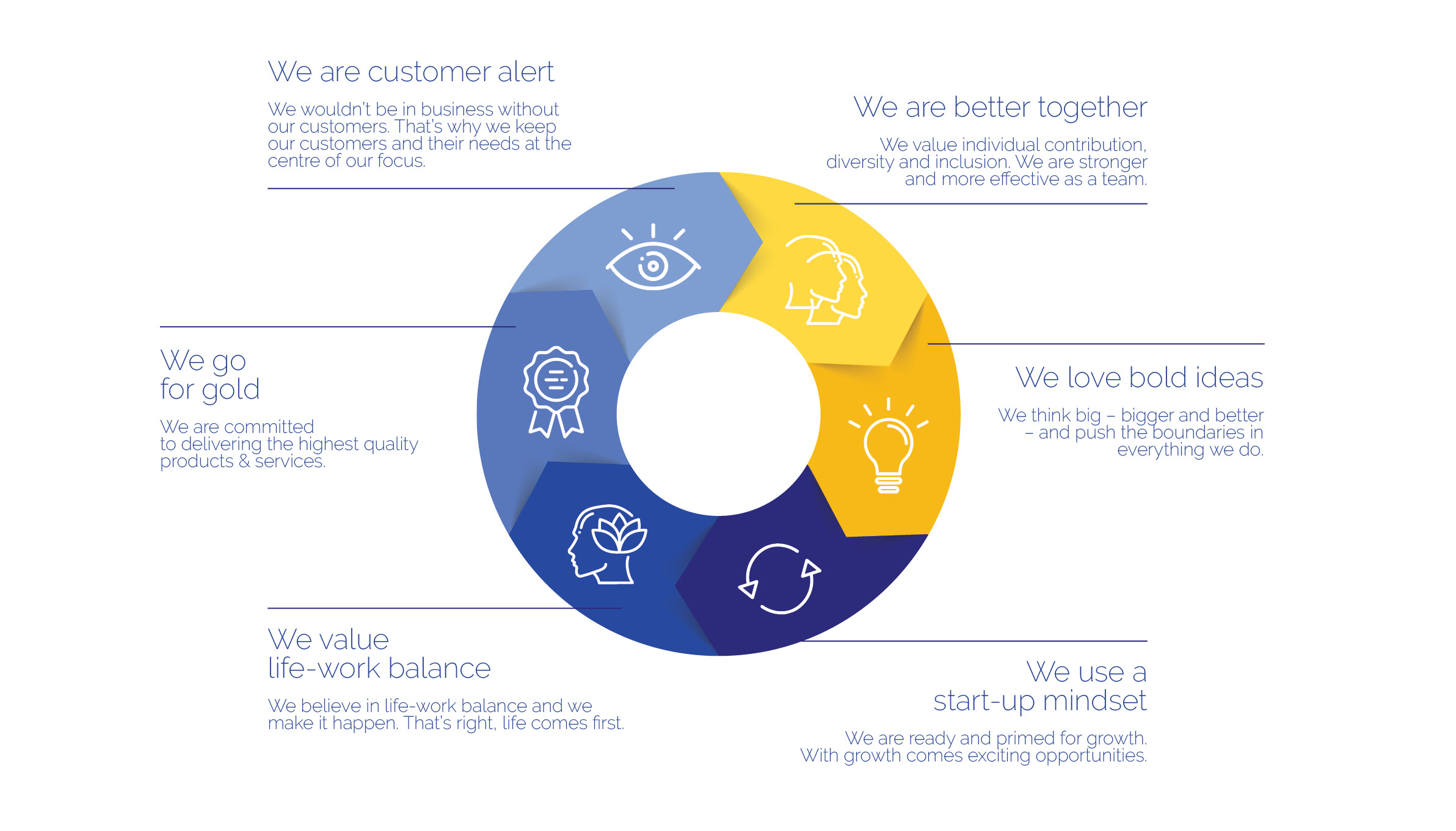A summary of the latest WHS news and updates from across Australia 1sources: National, State and Territory Regulatory websites.
Codes and Legislation
Safe Work Australia
Model Code of Practice- uncontrolled processing of engineered stone products amendment
In November, Safe Work Australia published a model code of practice on how to manage the risks of breathing respirable crystalline silica from engineered stone at work. This code has been updated to reflect the model amendments to the Work Health and Safety Regulations (Engineered Stone) Amendment 2023. In the amendment, the uncontrolled processing of engineered stone products was expressly prohibited, and a definition of engineered stone was provided.
Engineered stone ban
Safe Work Australia is drafting regulations to prohibit the use of engineered stone nationally. This ban won’t apply to existing engineered stone already installed. Repairs, minor modifications, removal, and disposal of existing stone are still allowed. Implementation: Each state and territory will need to adopt these regulations individually. Safety for Existing Stone: Safe Work Australia will create a national framework to ensure safe handling of existing engineered stone.
Duties in construction
The construction industry has been provided with a tool developed by Safe Work Australia. An interactive tool in which you can learn about WHS duties, common hazards, and how to manage risks in construction. This is an excellent tool for people who work in the construction industry. The site provides simple and clear information on duties such as incident reporting, emergency plans, first aid, personal protective equipment, labour hire, and safe design.
Explore the tool at Know your duties.
Clean Air. Clear Lungs – Be Silica Smart
Industries that may expose workers to silica dust, such as construction, manufacturing, tunnelling, demolition, mining, quarrying, and stonemasonry, Safe Work Australia shot a campaign to target workers and PCBUs. Besides English, the campaign website is also available in five other languages – Chinese, Arabic, Vietnamese, Korean, and Hazaragi, which is in accordance with demographic data about workers in these industries.
Learn more: Clean Air. Clear Lungs. – Be Silica Smart campaign
New Welding Fume Safety Standards Implemented
The workplace exposure standard (WES) for welding fumes has been reduced from 5 milligrams per cubic meter (mg/m3) to 1 mg/m3, averaged over an 8-hour workday. This change is mandatory under national WHS/OHS laws. PCBUs (employers) must minimise worker exposure to welding fumes as much as possible.
Model Code of Practice: Welding processes.
Labor hire
Employers who use Labor hire workers have a responsibility for their health and safety under Australia’s WHS laws. This applies if you hire, control, or influence their activities on the job.
Safe Work Australia offers a “Know Your Duties” tool to clarify these responsibilities for both host businesses and workers involved in Labor hire arrangements.
You can find the tool here: Know your duties – a tool for working safely
New Interactive Guide Makes SWMS Easier for Construction
Confusion and a lack of understanding have hampered the effectiveness of Safe Work Method Statements (SWMS) in construction. Many see them as a burden rather than a safety tool.
Safe Work Australia has launched a new interactive SWMS guide to address this issue. The guide explains the purpose of SWMS, when they’re required, and how to use them effectively.
Interactive SWMS tool
Safe Work Australia Updates Family Violence Resources
Safe Work Australia has updated its information sheet on family and domestic violence (FDV) in the workplace. This update reflects recent changes to the Fair Work Act 2009 regarding paid FDV leave entitlements. FDV can become a workplace safety risk if the perpetrator targets the victim at their workplace, including home offices. Threats, intimidation, or actual violence can occur in these situations. By following these guidelines, employers can play a crucial role in protecting workers from FDV.
Family and domestic violence at work – information sheet
Code of managing risks of plant in the workplace
Safe Work Australia updated their code on managing workplace plant risks to include preventing vehicle roll-aways. Unsecured vehicles rolling away is a danger, so the update offers control measures like parking on flat surfaces and using wheel chocks.
Model Code of Practice: Managing risks of plant in the workplace
Updated preliminary fatalities data now available.
Safe Work Australia revamped their dashboard to show work-related fatality estimates in Australia. This new dashboard includes:
- Industry breakdowns: Shows which industries have the highest number of fatalities. (e.g., transport, construction, agriculture)
- Cause of death breakdowns: Provides insights into how these fatalities occur (e.g., vehicle accidents)
- Year-over-year comparisons: Allows for easier tracking of fatality trends.
They’ve also released preliminary data for 2024, which is updated regularly. It’s important to note that this data might change as more information becomes available.
Preliminaries fatalities 2024
New South Wales
SafeWork NSW to be transformed into a standalone WHS regulator
The NSW Government will transform SafeWork into a standalone regulator following a 12-month inquiry by former judge The Hon. Robert McDougall KC. The independent report’s recommendations have been endorsed with further work now underway to determine specific implementation details.
Visit: NSW Government to transform SafeWork NSW into standalone work, health and safety regulator | SafeWork NSW to learn more.
New Course stay safe from asbestos.
SafeWork NSW, along with several other NSW government organizations, launched an online Asbestos Awareness and Safety Course. This free course is aimed at educating tradies and other workers on how to safely handle asbestos-containing materials. The course covers various topics including identification of asbestos, safe handling procedures, health risks of exposure, and control measures. It is especially important for workers in construction, renovation, plumbing, and electrical trades to take this course, as they are more likely to encounter asbestos during their work. This course is also a legal requirement for employers to provide to their workers who may encounter asbestos.
Learn more: Asbestos awareness and safety – store.training.tafensw.edu.au
National WHS Agriculture Day (17 Nov 2023)
SafeWork NSW recognised National WHS Agriculture Day, urging farmers in New South Wales to prioritize creating a safe work environment. The focus of National Agriculture Day, 17 Nov 2023 was on promoting the importance of minimizing psychosocial hazards and ensuring safety for seasonal workers, especially around moving machinery and at heights.
Farm work can be dangerous, with tractors and other equipment causing many fatalities. SafeWork is offering resources and inspections to help farmers improve safety, including a rebate program and mental health workshops for women in agriculture.
Learn more: Farmers urged to make it home safe this ‘National Agriculture Day’
New injured workers
A group representing injured workers and their families in NSW, FIWSAG, participated in a safety conference to advocate for improved workplace safety and share their experiences.
FIWSAG advises the NSW government and offers resources to those impacted by workplace incidents. Members include those directly injured or the family of those killed in work-related accidents.
At the conference, FIWSAG shared perspectives on how injured workers and their families can contribute to creating safer workplaces. This included discussions on how various stakeholders can have a say in improving workplace safety practices.
FIWSAG also recently published online stories about those who were impacted by workplace deaths and injuries.
Learn more: Injured families and workers speak to regulators on a world stage.
NSW Cracks Down on Silica Dust Exposure in Construction
NSW SafeWork launches a campaign to tackle silica dust risks in construction and tunnelling.
While a manufactured stone ban is coming, the campaign addresses dust exposure from other sources like bricks, concrete, and tiles during cutting, grinding, and drilling. SafeWork inspectors will target construction and tunnelling sites to ensure compliance with dust control regulations and educate workers on risks. Silicosis is a serious lung disease caused by silica dust exposure. SafeWork NSW prioritizes worker safety and has zero tolerance for practices that endanger workers.
Stop-work notices can be issued for sites with excessive dust or inadequate control measures. Non-compliance can lead to fines up to $130,000 for employers. Overall, NSW is taking a proactive approach to protect construction and tunnelling workers from the dangers of silica dust exposure.
Six-month silica safety blitz to protect workers’ health
NSW Bans Engineered Stone to Protect Workers from Silicosis
A national ban on engineered stone was agreed upon at a work health and safety ministers’ meeting. This follows a Safe Work Australia report highlighting the dangers of silica dust exposure in engineered stone, a known cause of silicosis, a serious lung disease. The ban on use, supply, and manufacture of engineered stone will come into effect in NSW on July 1, 2024. A separate national framework for handling existing engineered stone products (removal, modification, etc.) will be developed by SafeWork Australia by February 2024. Individual states will manage the implementation. Overall, this decision prioritizes worker health by eliminating a major source of silica dust exposure.
SafeWork NSW welcomes prohibition on engineered stone products in NSW from 1 July 2024
Working at Heights Campaign
SafeWork NSW’s year-long campaign against falls from height in construction reached its halfway point. The campaign follows a rise in fall-related deaths (17 fatalities between 2018-2022). 65% of the industry prioritizes using the highest safety measures (fall prevention like guardrails and scaffolding) over fall arrest systems (harnesses). SafeWork NSW remains committed to worker safety in 2024 with ongoing inspections. January 2024 blitz focuses on safe rooftop solar panel installation. SafeWork NSW is actively addressing falls from height in construction to prevent serious injuries and deaths.
Find more information: Working at heights.
Victoria
Asbestos danger is still present despite ban
Asbestos, banned nationally two decades ago, remains a hazard in pre-1990 buildings.
WorkSafe is conducting inspections to ensure safe handling and removal of asbestos during construction and demolition. Asbestos exposure can cause deadly diseases like mesothelioma, lung cancer, and asbestosis. Employers are legally responsible for identifying, managing, and safely removing asbestos. Despite the risks, some employers fail to comply with regulations.
Asbestos still a risk to workers 20 years on from ban
A bully boss was fined $60,000 for terrorizing apprentices.
Steven Yousif, director of Melbourne Glass Solutions Pty Ltd., was fined for bullying two apprentices. Charges: Failing to provide a safe work environment due to workplace bullying (Magistrates’ Court, March 2023). Penalty: $60,000 fine and $6,000 court costs. Yousif subjected the apprentices to verbal abuse, threats, intimidation, and even physical violence between 2019 and 2021.
One apprentice endured constant insults and dismissal threats and was stopped from attending training courses. He also suffered physical harm, including a humiliating incident at a company party.
The other apprentice was subjected to similar verbal abuse and threats and was prevented from attending training, leading to fear and intimidation. As a result of the bullying, both apprentices experienced significant mental health issues, including anxiety, depression, and suicidal thoughts. The case highlights the importance of having clear anti-bullying policies and procedures in workplaces. Employers have a responsibility to ensure a safe work environment, free from harassment and intimidation.
Bully boss fined
The new welding fume safety standard
Welding fumes pose serious health risks to workers, including respiratory problems, lung cancer, and even death. Three Victorian worker deaths since 2019 highlight the dangers.
Stricter Exposure Limits: effective 18 January 2024, the workplace exposure standard for welding fumes has been reduced from 5mg/m3 to 1mg/m3 over an 8-hour workday. This standard represents the maximum safe airborne concentration to avoid adverse health effects.
Employer Responsibilities: employers must prioritize minimizing worker exposure to welding fumes. This can be achieved by eliminating or modifying the welding process if possible.
Implementing ventilation controls like fume extraction systems. Using respiratory protection as a last resort.
Monitoring and Health Checks: employers are responsible for monitoring airborne contaminant levels to ensure compliance with the standard. Additional health monitoring may be required for workers exposed to specific harmful substances.
Importance of Safe Work Practices: these new standards emphasize the importance of prioritizing worker safety in welding environments. Following these guidelines can significantly reduce the risk of serious health problems for welders.
Controlling exposure to welding fumes
New Training Options for Non-Slewing Telehandler Operators in Victoria
As of July 1st, 2024, Victoria is introducing a new licensing system for non-slewing telehandlers. This aims to improve safety and provide operators with training that is more relevant to their specific job duties.
A new “Telehandler Licence” (TV Licence) will be available for operators of non-slewing telehandlers exceeding 3 tonnes. This licence offers an alternative to the existing “Non-Slewing Mobile Crane Licence” (CN Licence). Operators won’t need both. The TV Licence focuses on training specific to non-slewing telehandlers and their various attachments (buckets, hay forks, etc.), which are particularly relevant in agriculture. Existing Mobile Crane HRWL classes may still be valid for telehandlers if training covers the specific machine and attachment. This change comes after safety assessments and consultations to address the increasing use of telehandlers in agriculture. The goal is to ensure operators receive proper training to minimize accidents. Tragically, two telehandler-related fatalities have occurred in the past three years.
For more information: non-slewing telehandler licence.
WorkSafe Victoria Targets Falls from Height in Construction Blitz
WorkSafe Victoria is launching a statewide inspection blitz on construction sites. The blitz targets unsafe practices like incomplete scaffolds, improper ladder use, and working at heights without proper protection. In 2023, nine Victorian workers died from falls, four in construction alone. Construction workers fall injuries from heights are rising (441 claims in 2023). Inspectors will be actively searching for fall hazards and taking enforcement measures against non-compliant employers.
A public awareness campaign will run alongside the blitz.
Fall prevention
Victoria Bans Engineered Stone to Protect Workers from Silicosis
Effective July 1, 2024, Victoria enforces a complete ban on the use of engineered stone in workplaces.
This is the strictest engineered stone regulation in Australia. The ban aims to prevent silicosis, a serious lung disease caused by silica dust exposure. Existing regulations, including a ban on dry-cutting and licensing requirements, are still in effect until the full ban. WorkSafe emphasizes worker safety during this transitional period. Public awareness campaign launched to inform employers and workers about the Ban. Partnership with The Alfred for comprehensive health assessments for potentially affected workers. Overall, Victoria takes a strong stance against engineered stone to protect workers’ health and well-being.
More information: Crystalline silica
The financial position of WorkSafe remains challenging.
For the six months to December 2023, Performance from Insurance Operations (PFIO) incurred a deficit of $1.1 billion. For the six months to December 2023, Performance from Insurance Operations (PFIO) incurred a deficit of $1.1 billion. Despite strong investment returns of 3.7 per cent and greater premium collection, WorkSafe reported a net loss after tax of $726 million because of continued claims growth and an increase of $587 million in expected future claims liabilities. WorkSafe’s insurance funding ratio is 101.8%, which is within the preferred funding range.
WorkSafe half-year results
Farm Safety in Focus During Peak Seasons
With March and November being high-risk months for farm fatalities in Australia, a Victorian farmer highlights the dangers of fatigue. Jack, a farmer from Yalla-Y-Poora, shares his experience of how fatigue can contribute to accidents. WorkSafe Victoria’s campaign, “It’s never you, until it is,” is being relaunched to raise awareness and encourage safety conversations among farmers. Farm fatalities are already at two in 2024, adding to the 34 deaths since 2020. Serious injuries often lead to long-term recovery and can permanently impact a farmer’s ability to work.
More information: It’s never you, until it is
South Australia
South Australia Introduces Laws for Industrial Manslaughter
South Australia enacts legislation making industrial manslaughter a criminal offence.
Individuals face up to 20 years of imprisonment, and companies face up to $18 million in fines.
These penalties apply for reckless or grossly negligent breaches of work health and safety duties leading to worker deaths. This aligns South Australia with other Australian jurisdictions that have already implemented similar laws. The legislation clarifies that existing work health and safety duties remain in place, but with tougher penalties for severe breaches resulting in fatalities.
Minister Kyam Maher emphasizes the importance of worker safety and holding those responsible accountable. He acknowledges the efforts of families who campaigned for these laws and highlights the difference between accidental and criminal workplace deaths.
Industrial manslaughter.
Safety Blitz Targets Automotive Workshops
SafeWork SA issued stop-work notices to 11 workshops for operating faulty vehicle hoists and pressure vessels. This comes during a six-month campaign focusing on high-risk equipment in the automotive industry. Ensuring vehicle hoists, which require workers to be under lifted vehicles, are properly maintained and function safely. Inspections aim to prevent tragedies like the 2011 workshop death caused by a faulty hoist. SafeWork SA offers advice and information to workshop owners on the safe operation of equipment. The focus is on creating a safety culture, especially for small and family-owned businesses.
Hazardous hoists under the spotlight
South Australia Seeks Feedback on Work Health and Safety Reforms
The South Australian Government is seeking public input on proposed changes to workplace safety laws. This follows an independent review of SafeWork SA’s practices and a public consultation process.
Background:
- Enhance overall workplace safety.
- Ensure faster response to safety concerns.
- Support worker well-being (physical & mental).
- Empower workers in complaint and resolution processes.
Draft Work Health and Safety (Review Recommendations) Amendment Bill 2024 is available for review. The draft bill proposes reforms in areas like:
- Dispute resolution for work health and safety matters.
- Access rights for inspectors (right of entry).
- Fairness measures for victims and families in serious workplace incidents.
The government will consider all feedback before finalizing the bill for parliamentary introduction.
Work Health and Safety (Review Recommendations) Amendment Bill 2024
SafeWork SA Targets Retail Sector to Prevent Slips, Trips, and Falls
SafeWork SA launches a new campaign to improve safety in retail workplaces. The campaign targets preventing slips, trips, falls, and injuries from heavy lifting. Unannounced inspections at metropolitan retail businesses starting in March 2024.Inspectors will assess housekeeping practices and management of hazardous manual tasks. Additionally, inspectors will issue statutory notices for non-compliance identified during an audit. Overall, this campaign aims to raise awareness and improve safety practices in the retail sector to prevent injuries from common workplace hazards.
Retail work hazards under the microscope
Queensland
Engineering Stone Ban, effective 1 July 2024
Builders, renovators, fabricators, and those working in the construction industry are being reminded of the upcoming national ban on the use, supply, manufacture, and installation of engineered stone which will come into effect in Queensland on 1 July 2024.
Learn more at: Engineered stone ban in effect from 1 July 2024 | WorkSafe.qld.gov.au
Independent review of WHSQ announced
The Queensland Government has commissioned an independent review of Workplace Health and Safety Queensland (WHSQ). The intent of the review is to ensure the state’s regulator meets contemporary standards and community expectations around WHS.
Independent review of Workplace Health and Safety Queensland announced – Ministerial Media Statements
Queensland Proposes Stronger Electrical Safety Laws
Advancements in technology have outpaced existing electrical safety regulations in Queensland’s Electrical Safety Act 2002. The Queensland Government has outlined their proposed improvements to electrical safety laws following a review of the Electrical Safety Act. Proposed Improvements include:
- Expanding the definition of “electrical equipment” to include high-risk low-voltage items like solar panels and lithium-ion batteries.
- Updating the definition of “electrical installation” to encompass modern energy generation systems and new technologies like battery storage.
- Establishing a working group to maintain clear and adaptable legal definitions for “electrical work” considering future technological advancements.
The government’s response considers feedback from industry, unions, and the community gathered through a review and public discussion paper. A separate roundtable addresses electrical safety specifically for electric vehicle workers, with national recommendations expected later in 2024. The government seeks to take proactive steps to modernize its electrical safety framework and adapt to evolving technologies to ensure public and worker safety.
Read more: Stronger electrical safety laws are proposed for Queensland.
Queensland Strengthens Worker Protections with New Safety Laws
Queensland introduces legislative reforms to enhance worker safety and representation. The reforms implement recommendations from a recent independent review of the state’s Work Health and Safety Act. Focus areas of proposed reforms include empowering Health and Safety Representatives (HSRs) through:
- Choice of training provider.
- Improved consultation rights on workplace safety matters.
- Streamlined election processes.
- Extending rights of entry permit holders to better assist workers with safety concerns.
- Expanding the most serious offence category to include negligent conduct.
- Introducing a streamlined dispute resolution process for workplace safety issues.
- Clarifying rules on worker representation in safety matters.
Health and safety reforms aim to strengthen worker protection and representation.
ACT
New Managing Psychosocial Risks at work Code of Practice
A new Code of Practice for Managing Psychosocial Hazards at Work is being launched to improve workplace safety in the ACT. This code outlines how businesses must identify and minimize psychosocial hazards, such as stress or violence, for their employees. The code follows a hierarchy of controls, requiring businesses to eliminate hazards first, then minimize risks through various steps. Failure to comply may lead to penalties.
Find more information: Psychosocial hazards
Bonded asbestos contamination confirmed in ACT Mulch
Bonded asbestos contamination was found in some “cottage mulch” products sold in the ACT between March 2023 and February 2024. Here’s what you need to know:
Affected mulch: “cottage mulch” from specific businesses (listed by WorkSafe ACT).
Risk: There is a low risk of exposure if undisturbed, but it can be dangerous if broken or moved.
What to do:
Don’t touch the mulch; insolate it if possible. Contact WorkSafe ACT if you suspect you have contaminated mulch.
Not related to: Loose asbestos in Mr Fluffy homes (which is much more dangerous).
WorkSafe ACT: Investigating the extent of contamination. Contacting potentially affected buyers. Issuing warnings to not disturb the mulch.
Stay informed: WorkSafe ACT will provide updates as they investigate
A small quantity of friable asbestos was identified on the residential site.
A small amount of friable asbestos (more dangerous than bonded asbestos) was found in mulch at a residential complex in Denman Prospect. It’s a low risk because:
Only a tiny amount (0.2g) was found despite extensive testing. It was only found in one out of sixteen samples. Here’s what to do: don’t touch the mulch. If you have Cottage Mulch, contact WorkSafe ACT.
Be aware that asbestos contamination is a possibility in the ACT and report any suspicious materials to WorkSafe ACT.
Northern Territory
Workplace Exposure Standard Lowered for Welding Fumes
The new workplace exposure standard for welding fumes (not otherwise classified) takes effect in the Northern Territory from 18 January 2024.
Workplace exposure standard lowered for welding fumes | NT WorkSafe
Guide to fatigue management for heavy vehicle drivers.
Northern Territory WorkSafe released a new guide to help heavy vehicle businesses manage driver fatigue. The guide includes Information on developing and implementing fatigue management systems. Tools like a sample fatigue management plan, risk assessment guide, and driver record. This will help the industry reduce fatigue-related risks and improve overall safety.
Find more information: Here
Latest amendments to the Work Health and Safety Regulations
New rules aim to protect workers from silica dust exposure when working with engineered stone. These changes to the Work Health and Safety Regulations:
- Ban uncontrolled processing of engineered stone: It’s now illegal to work with engineered stone without proper controls.
- Provide guidance on controls: The amendment outlines what appropriate controls look like to minimize dust exposure.
- Update reference standards: The regulations reference the latest versions of Australian Standards.
Further information:
Workplaces urged to be vigilant of melioidosis
A landscaping worker in Darwin was diagnosed with melioidosis, a bacterial disease found in soil. NT WorkSafe is urging all workplaces to:
- Be aware of melioidosis and its risks.
- Take steps to protect workers, especially those who work outdoors during wet seasons.
- The exact location where the worker contracted the disease is unknown.
Melioidosis is a serious bacterial infection found in tropical soils and water, especially during the wet season in the Northern Territory (October to April). It can enter the body through cuts, sores, or inhalation of dust/droplets. Landscaping workers are at high risk due to their outdoor work environment. NT WorkSafe advises employers to take steps to protect workers.
Melioidosis in the workplace
Western Australia
Working Safely in Remote Areas of Western Australia
WorkSafe has highlighted the importance of workplace safety precautions for employers and workers in remote regions of Western Australia. Here’s a breakdown of the key points:
- Who is affected? This applies to various professions, including tour guides, miners, truck drivers, and some farmers whose jobs involve travelling to remote locations.
- Shared responsibility: Both employers and workers have legal obligations to ensure workplace safety in remote areas.
- Risk assessment: Employers must assess potential risks and provide the necessary equipment to minimize them.
- Reliable communication: Essential equipment includes a satellite phone, GPS tracker, or personal locator beacon, along with a clear communication plan for regular check-ins.
- Vehicle preparedness: Vehicles should be suitable for the task, well-maintained, and equipped with spare parts and recovery gear.
- Worker training: Workers need proper training on potential hazards, risks, and control measures.
- Weather awareness: Regularly monitor current weather conditions, including fire risks, before and during travel (if possible).
By following these precautions, employers and workers can significantly reduce risks associated with working in remote areas of Western Australia
https://www.commerce.wa.gov.au/announcements/worksafe-calls-safe-procedures-when-working-remote-areas
Extension of Certification Deadline for Statutory Positions in WA Mines
Good news for miners seeking statutory positions! WorkSafe has extended the deadline to obtain the required certifications by one year.
What are statutory positions?
These are specific roles in mine operations that require certain qualifications and experience. Examples include site senior executives, managers (exploration, underground, quarry), and various supervisors.
What changed?
Previously, workers with experience from prior mine safety regulations could qualify for a statutory position during a 3-year transition period ending March 30, 2025.
This deadline has been extended to March 30, 2026.
What does this mean for miners?
More time to take and pass any required exams for certification.
Surveyors in statutory positions now need certification in work health and safety risk management (aligned with other positions).
What to expect next?
WorkSafe will announce details on additional locations for certification exams.
Find more information: Mining statutory positions and certificates
Tasmania
Consultation’s role in safer workplaces
Consultation between employers and workers is crucial for creating a safe and healthy workplace. It fosters a culture of shared responsibility for safety and allows workers to contribute their knowledge and experience to identifying hazards and developing solutions. The law requires consultation on specific matters like identifying risks and choosing safety measures. By working together, everyone can contribute to a safer work environment.
Code of practice
For the latest update from WorkSafe Tasmania, check out their monthly safety spotlight Monthly safety spotlight (worksafe.tas.gov.au)
Comcare
New Life Tables – Redemption arrangements Section 137 of the Safety, Rehabilitation and Compensation Act 1988
The Australian Bureau of Statistics (ABS) has released new life tables (2020-2022) which are relevant for calculating lump sum compensation payments to former employees under the Safety, Rehabilitation and Compensation (SRC) Act. This applies to former employees who:
- Receive weekly incapacity payments of $138.09 or less (indexed annually)
- Retired before the commencement of the SRC Act on December 1, 1988
The life tables are used to determine the appropriate lump sum amount based on the former employee’s Life expectancy.
New scheme guidance for claims managers
A new guide has been released by Comcare to help claims managers assess liability for worsening pre-existing injuries under the Safety, Rehabilitation and Compensation Act (SRC Act) 1988.
https://www.comcare.gov.au/scheme-legislation/src-act/guidance
Standards
Standards Australia adopts AS ISO/ISO 42001:2023 – Information Technology – Artificial Intelligence – Management System.
This standard is the first of its kind globally. It addresses the unique challenges AI poses, such as ethical considerations, transparency, and continual learning. The standard has been developed to support organisations to leverage the benefits of AI for their business while operating in a responsible way.
Learn more: Standards Australia adopts the international standard for AI Management System, AS ISO/IEC 42001:2023 – Standards Australia
New Mobile App Launched
Standards Australia has launched a new mobile app, offering a low-case solution to access and subscribe to Australian Standards through an annual subscription.
Learn more: here
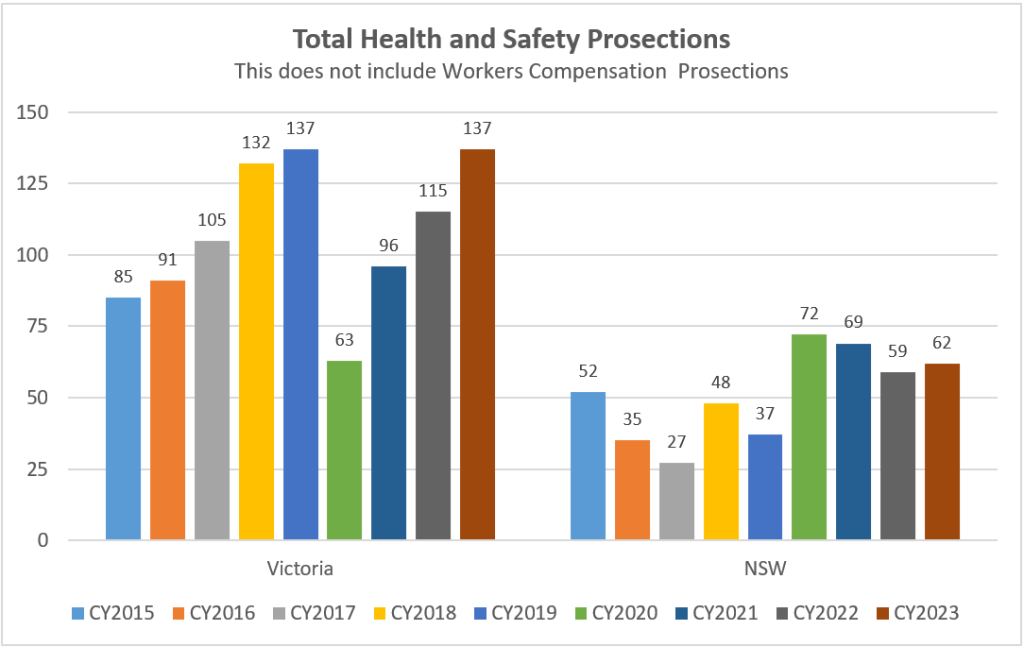
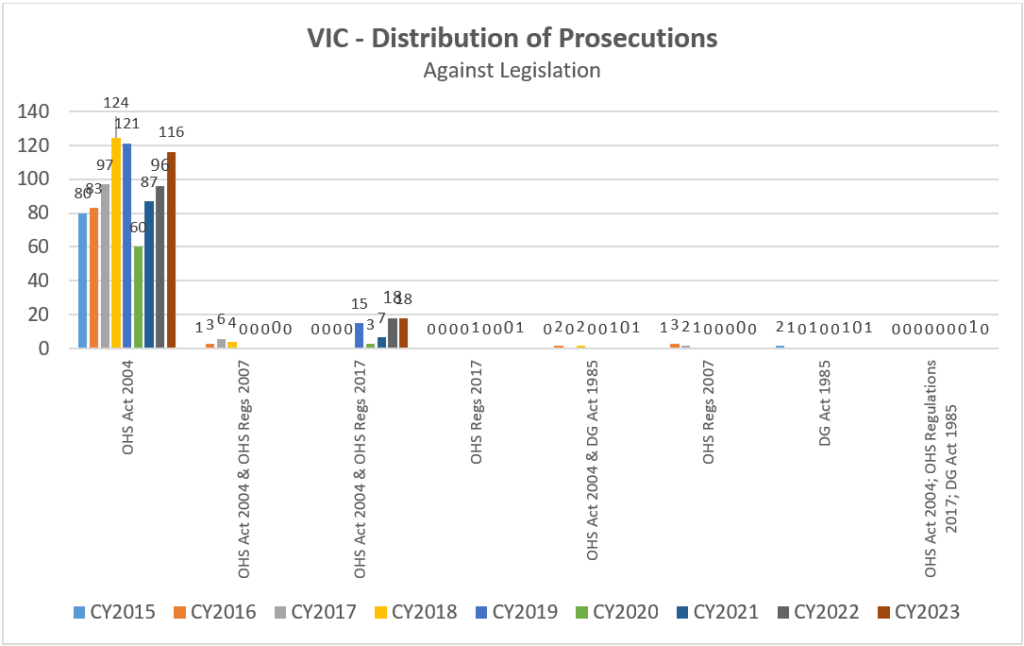
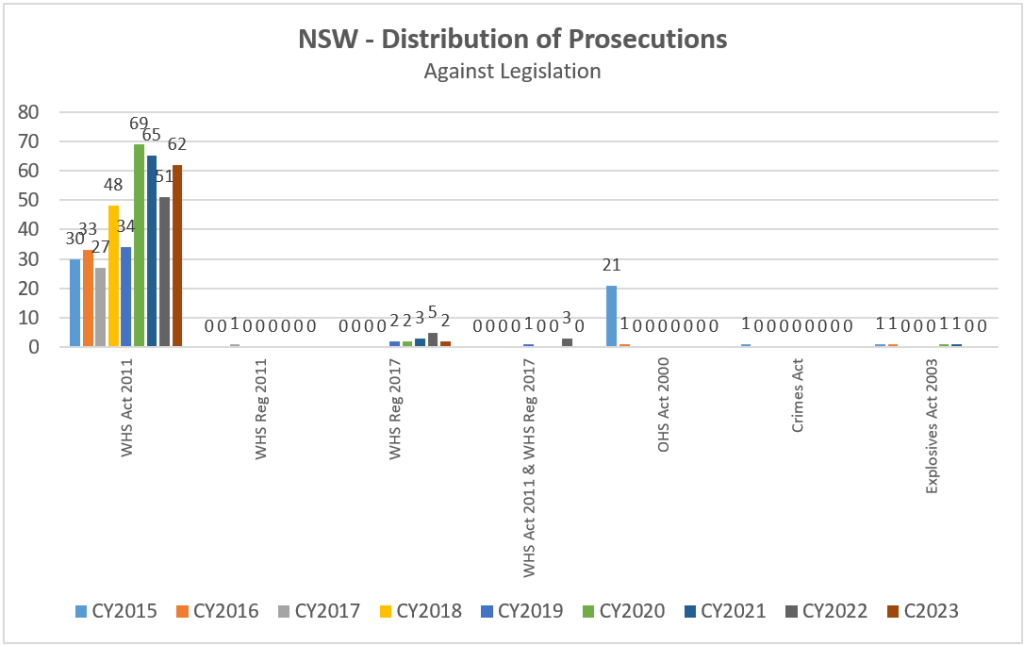

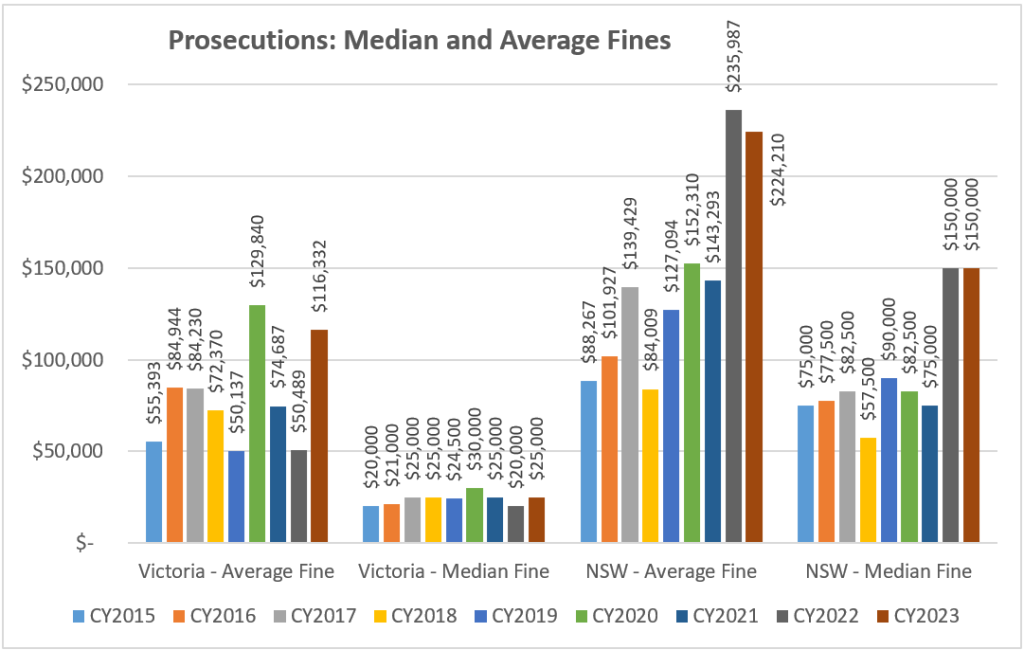
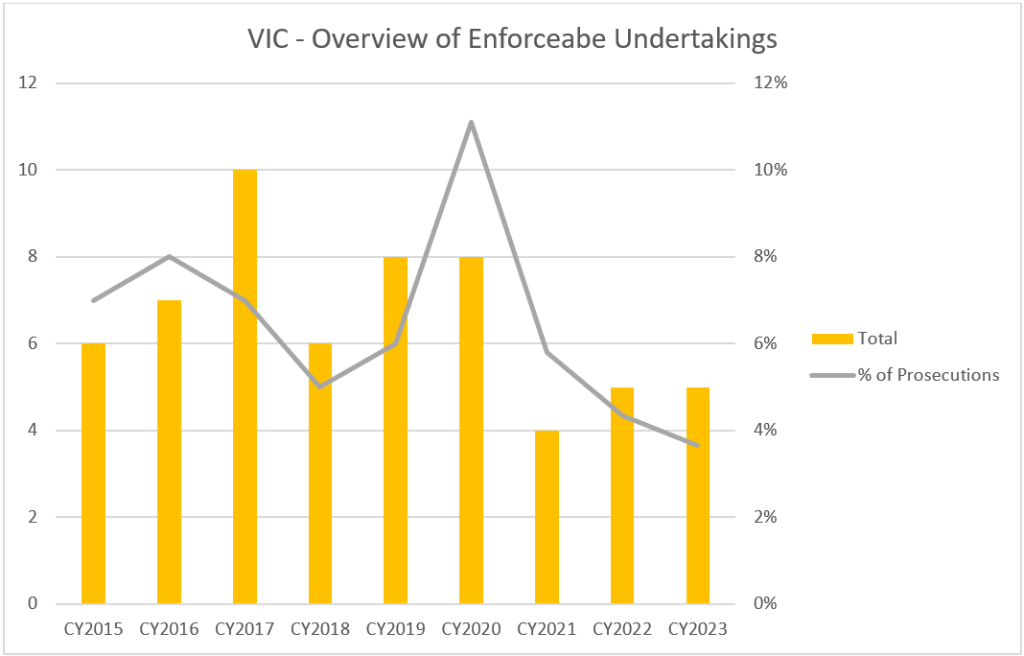
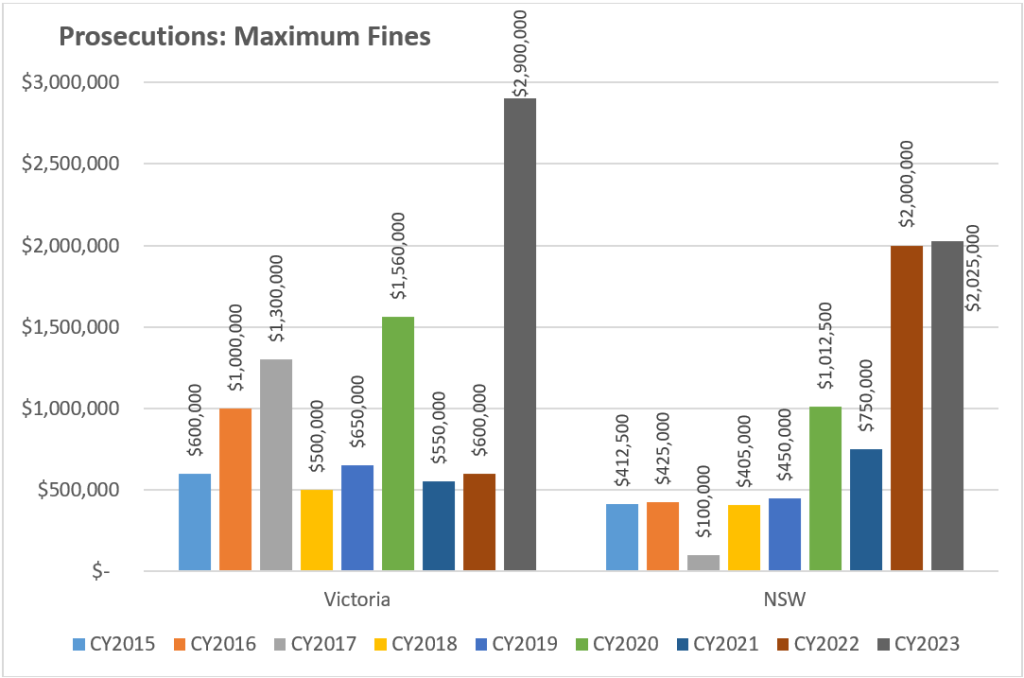
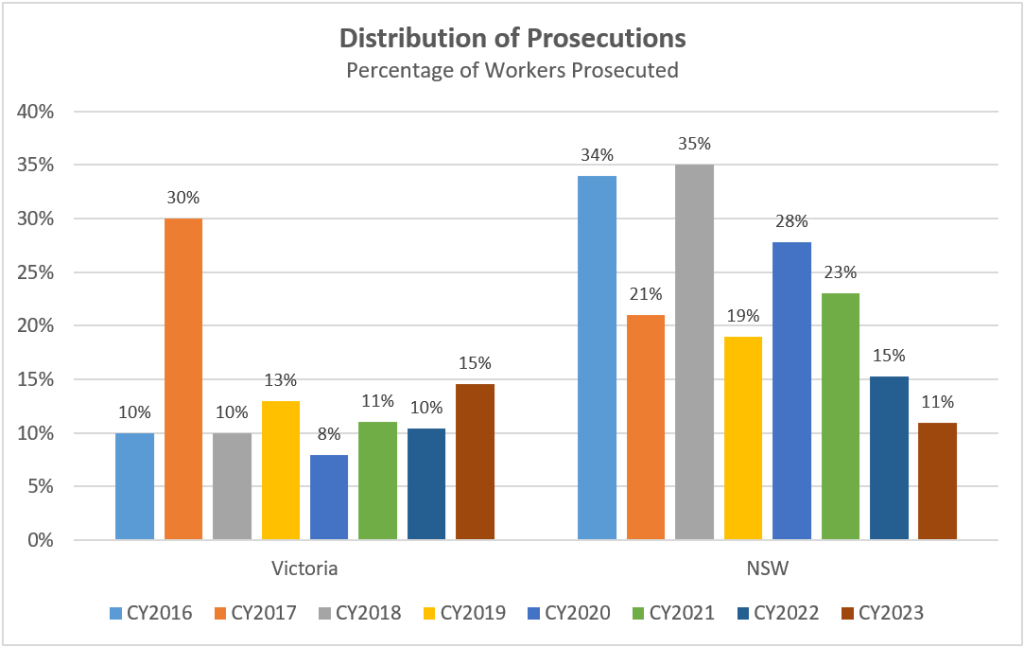
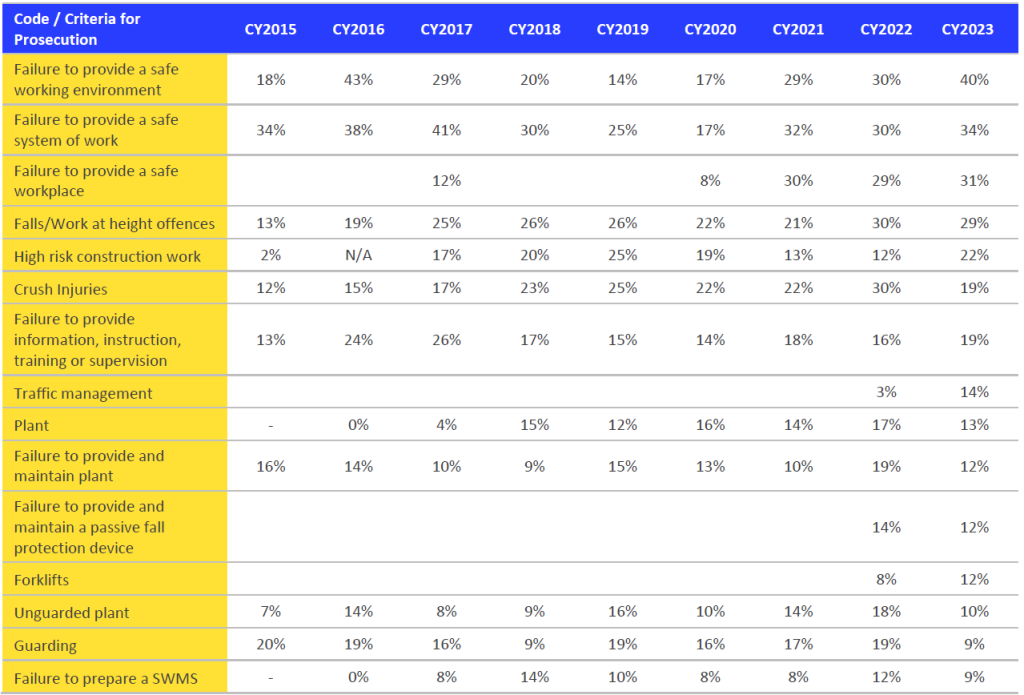



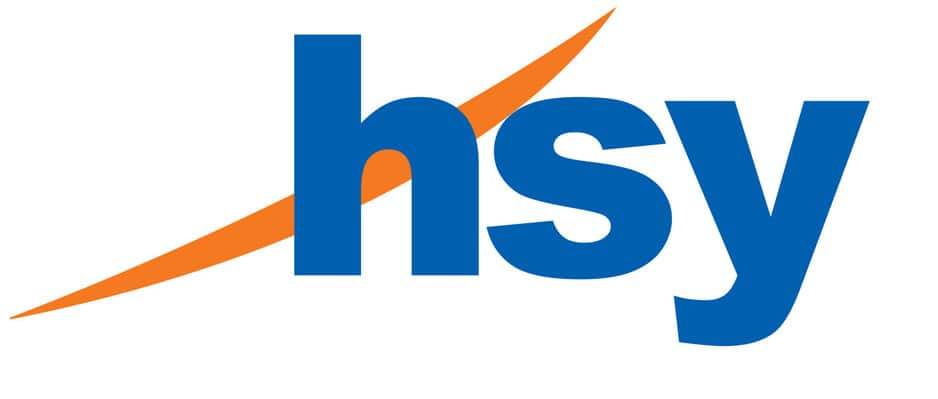 The Action OHS Consulting team have been assisting
The Action OHS Consulting team have been assisting  At
At 
